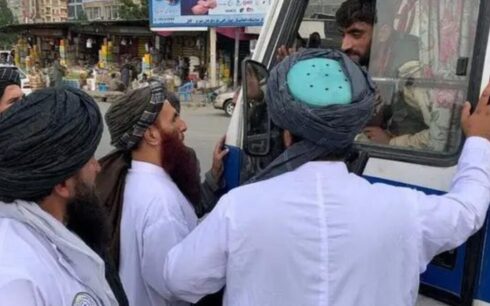Residents affected by last year’s earthquakes in Herat, Afghanistan, are facing hardships due to a lack of adequate shelter, as many are forced to live in tents.
The series of earthquakes on Oct. 7, 11, and 15 resulted in over 1,500 deaths and more than 2,600 injuries, with Zindajan district being the epicenter.
The earthquake victims have raised concerns about their living conditions, noting that the lack of basic facilities has led to illnesses among children. Qandi Gul, who, along with her eight family members, is living in a tent, expressed frustration with the Taliban and aid organizations for not providing sufficient aid. “We are a family of nine under one tent. The weather is cold, and we lack water, wood, clothes, and shoes. We urgently need a house,” she said.
A joint assessment by the UN, World Bank, European Union, and Asian Development Bank revealed that 13,000 houses were fully damaged in the October earthquakes. Only 4,000 of these houses have been rebuilt. Five months after the disaster, the affected residents lament that their needs remain unmet.
Hamira, another Herat resident, shared her family’s struggle for warmth in their tent. Similarly, Habiba, who was also affected by the earthquake, lamented the lack of assistance, including tents.
The UN report indicated that over 275,000 individuals were affected, including 17,358 pregnant women, 17,146 infants, 3,976 people with severe disabilities, 3,207 elderly families, 6,806 women-led households, 3,176 individuals with chronic illnesses, and 147,000 children under 18. The hardest-hit districts were Herat, Injil, and Zindajan.
Indrika Ratwatte, Deputy Special Representative of the Secretary-General, Resident and Humanitarian Coordinator, emphasized the commitment to addressing both immediate and long-term needs. “We are dedicated to ensuring a sustainable and resilient recovery for those affected by the earthquakes,” Ratwatte stated.





